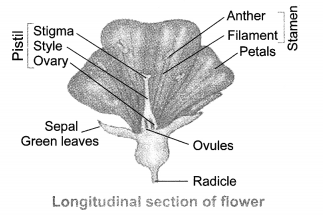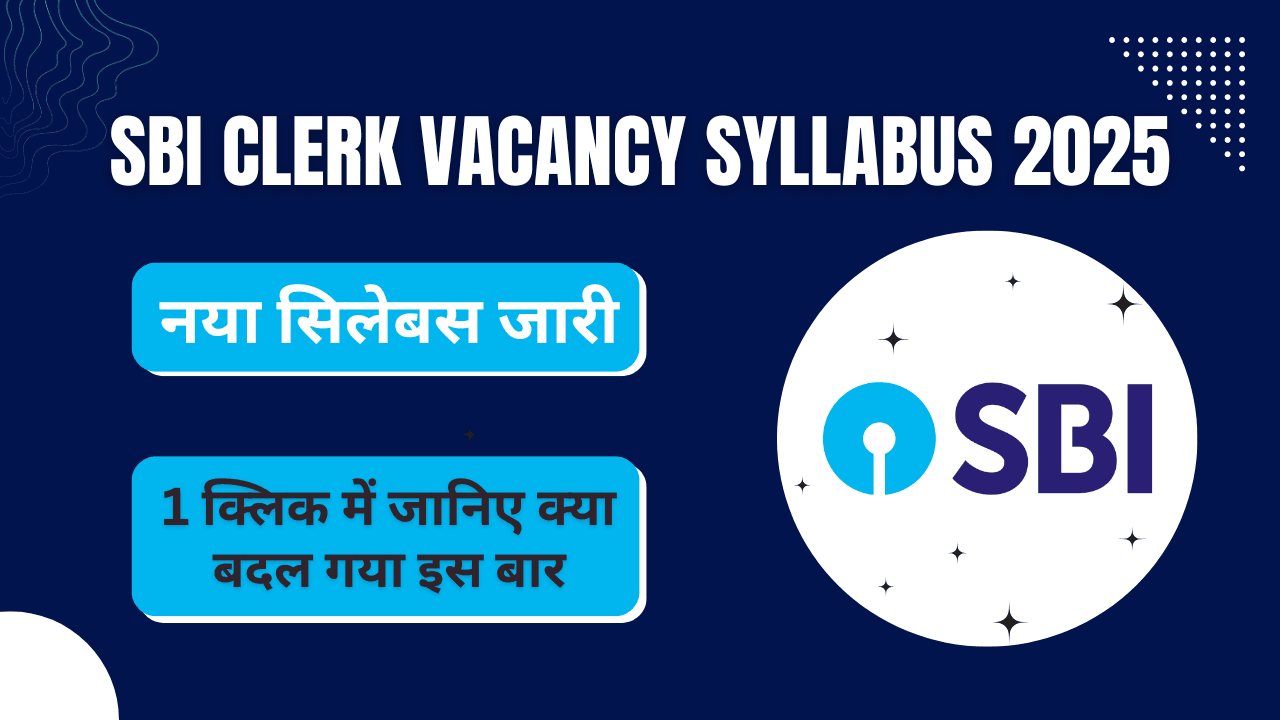NCERT Solutions for Class 10 Science chapter 8 How Do Organisms Reproduce? : Students who are preparing for their Class 10 exams and searching for chapter-wise NCERT Solution for Class 10 Science must go through NCERT Solutions for Class 10 Science Chapter 8 How Do Organisms Reproduce? You can also check NCERT Solution for Class 9 Maths. Checkout pre chapter – NCERT Solutions for Class 10 Science chapter 7 Control and Coordination
In this chapter we cover the question based on these topic.
- How Do Organisms Reproduce?
- Do Organisms Create Exact Copies Of Themselves?
- Modes Of Reproduction Used By Single Organisms
- Sexual Reproduction
ALSO CHECK – NCERT Solutions for Class 10 Maths
ALSO CHECK – Download the free Class 10th Notes here
These NCERT Solution for Class 10 Science Chapter 8 How Do Organisms Reproduce? is prepared by our best subject experts teachers group thats help students to understand all the topics easily. With the help of these NCERT Solution for Class 10 Science, students can understand the complex topics of class 10 science. We all know Science is a subject that needs a clear understanding of the concepts and topics to score well in it.
NCERT Solutions for Class 10 Science Chapter 8 – In-text Questions
Page Number: 128
Question 1
What is the importance of DNA copying in reproduction?
Answer:
DNA – Deoxyribonucleic acid is the genetic material that is present in the cells of all organisms. DNA carries genetic information from one generation to the other and this helps in producing organisms of its own types. DNA copying is a must for inheriting the traits from parents. Any variations in DNA copying will give rise to origin of new species.
Question 2
Why is variation beneficial to the species but not necessarily for the individual?
Answer:
The various populations of organisms interact with many types of ecological niches. This is important for them to survive in given conditions. In case of any damage caused to the ecological conditions of the population, the population gets adversely affected. The organisms which are able to survive, may reproduce to develop population which is adapted or suited to the varied conditions. Hence variation is beneficial to species, but not to the individuals.
Page Number: 133
Question 1
How is the process of pollination different from fertilisation ?
Answer:
When a single cell divides into two equal halves, it is known as binary fission. Bacteria and amoeba are the examples of binary fission.
When a single cell divides into multiple daughter cells at the same time, it is known as multiple fission. Algae and sporozoans are the examples of multiple fission.
Question 2
How will an organism be benefited if it reproduces through spores ?
Answer:
An organism is benefited by reproducing through the spores because spores are surrounded by a thick layer which protects them in adverse conditions. When the favourable conditions occur, these spores start to grow again. In this way they are successfully live in unfavourable conditions.
Question 3
Can you think of reasons why more complex organisms cannot give rise to new individuals through regeneration ?
Answer:
In complex multicellular organisms, specialised cells make up tissues, tissue make up organs, organs make up organ systems and finally organ systems make up organisms. Since complex multicellular organisms have a very high degree of organisation in their body, they cannot be reproduced from their cut body parts by the process of regeneration.
For example, a dog is a complex multicellular organism which cannot be regenerated from its cut body part say, a cut tail. This is because the cells present in the cut tail of a dog cannot produce dog’s organs like heart brain, lungs, stomach, intestines and limbs, etc, needed for the making of a complete dog.
Question 4
Why is vegetative propagation practised for growing some types of plants ?
Answer:
Following are the advantages of practising vegetative propagation for growing some types of plants:
- Crops like orange, banana, pineapple do not have viable seeds, so vegetative propagation can be used.
- It is a rapid, cheap and easier method to grow crops.
- It can be used in places where seed germination fails.
- A good quality of variety can be preserved.
Question 5
Why is DNA copying an essential part of the process of reproduction ?
Answer:
DNA copying is essential part of the process of reproduction so that the characteristics of the parent organisms are transmitted to its offspring and at the same time some occasional variations are also produced in the offspring. The changes in the copy of DNA provide an organism the capability to survive in changing conditions.
Page Number: 140
Question 1
How is the process of pollination different from fertilisation ?
Answer:
Pollination is defined as the process of transfer of pollens from anther to stigma. The process takes place with the help of pollinators like air, water and some insects.
Fertilization is defined as the fusion of male and female gametes. It takes place in the ovule and leads to the formation of zygote.
Question 2
What is the role of the seminal vesicles and the prostate gland ?
Answer:
(i) Both seminal vesicle and prostate gland secretes fluids which forms a part of the semen. The fluid secreted from seminal vesicle forms 60% of semen while the fluid secreted from the prostate gland forms 30% of the semen. It makes the path smooth through which the sperms travel.
(ii) This fluid protects the sperms from the acids present in the urethra.
(iii) This fluid provides nutrition to sperms in the form of fructose, calcium and some enzymes.
Question 3
What are the changes seen in girls at the time of puberty ?
Answer:
The various changes occur in girls at puberty are :
- Hair grow under armpits and pubic region.
- Mammary glands (or breasts) develop and enlarge.
- The hips broaden.
- Extra fat is deposited in various parts of the body like hips and thighs.
- Fallopian tube, uterus and vagina enlarge.
- Ovaries start to release eggs.
- Menstruation (monthly periods) starts.
- Feelings and sexual drives associated with adulthood begin to develop.
Question 4
How does the embryo get nourishment inside the mother’s body ?
Answer:
In mother’s body, the embryo gets nutrition from the mother’s blood. For this, there is a special structure, called placenta. Placenta contains villi. There are empty spaces in mother’s tissues that cover the villi. It provides a large surface area for the transfer of glucose, oxygen and other substances from the mother to the embryo.
Question 5
A woman is using a copper-T. Will it help in protecting her from sexually transmitted diseases ?
Answer:
No, because usage of copper-T cannot stop the contact of body fluids. Hence, it cannot protect her from getting sexually transmitted diseases.
NCERT Solutions for Class 10 Science Chapter 8 Textbook Chapter End Questions
Page no: 141
Question 1
Asexual reproduction takes place through budding in
(a) amoeba
(b) yeast
(c) plasmodium
(d) leishmania
Answer:
(b) Yeast
Question 2
Which of the following is not a part of the female reproductive system in human beings ?
(a) Ovary
(b) Uterus
(c) Vas deferens
(d) Fallopian tube
Answer:
(c) Vas deferens
Question 3
The anther contains
(a) sepals
(b) ovules
(c) carpel
(d) pollen grains
Answer:
(d) Pollen grains
Question 4
What are the advantages of sexual reproduction over asexual reproduction ?
Answer:
Following are the advantages of sexual reproduction:
- The offspring has the characters of both the parents.
- The survival of the species is ensured as there are more variations.
- The offspring can easily adapt to environmental changes.
- It also improves the health of humans.
Question 5
What are the functions performed by the testis in human beings ?
Answer:
The functions of testes in humans are following :
(i) After the stage of adolescent, testes produce male gametes in the human males which are called sperms.
(ii) A hormone called testosterone is produced in testes. Testosterone controls the development of reproductive organs and secondary sexual characters.
Question 6
Why does menstruation occur ?
Answer:
Menstruation is the normal bleeding of the vaginal line which starts between puberty and lasts till menopause. During this period, the body prepares itself for pregnancy.
Every month an egg is released from one of the ovaries at the same time where the uterus prepares itself for fertilized egg. The inner lining of the uterus gets thickened and is supplied with sufficient amount of blood for the embryo. Since there is no interaction between the egg and the sperms, the fertilization of egg doesn’t takes place. So when the egg doesn’t get fertilized, the uterus lining breaks down slowly resulting in menstruation.
Question 7
Draw a labelled diagram of the longitudinal section of a flower.
Answer:
Question 8
What are the different methods of contraception ?
Answer:
Following are the different methods of contraception:
- Natural method: In this method, the main focus is to avoid the meeting of sperms and ovum. This can be achieved by avoiding the mating from 10th to 17th day of the menstrual cycle. During this period, there are high chances of fertilization as ovulation is expected.
- Barrier method: In this method, the meeting of sperms and ovum is avoided by using a barrier. These barriers are available for males as well as for females. Condoms for both male and female, diaphragms for female, cervical cap and contraceptive sponge for females.
- Oral contraceptives: In this methods, pills are taken orally. These pills contain small portion of hormones that block the eggs so that fertilization doesn’t takes place.
- Implants and surgical method: In this method, contraceptive devices like copper-T or a loop can be used to block the meeting of sperms and ovum. In surgical method, the fallopian tubes are blocked in females to stop flow of eggs and vas deference is blocked in men to stop the flow of sperms.
Question 9
How are the modes for reproduction different in unicellular and multicellular organisms ?
Answer:
| Reproduction mode in unicellular organisms | Reproduction mode in multicellular organisms |
| (i) A sexual reproduction takes place in unicellular organisms. | (i) Sexual reproduction takes place in multicellular organisms. |
| (ii) Only one organism is required in this method. | (ii) A male and a female both are required in this method. |
| (iii) No special cells are present for reproduction. | (iii) Special cells are present for reproduction. |
| (iv) No special organs are present for reproduction. | (iv) Special organs are present for reproduction located at the fixed position in the body. |
Question 10
How does reproduction help in providing stability to populations of species ?
Answer:
Reproduction is the process of producing the same kind of species by the existing species. This is done so as to maintain the population of that species and also to take forward their species to next generations. Stability is maintained by keep a check of rate of births and rate of deaths.
Question 11
What could be the reasons for adopting contraceptive methods ?
Answer:
The reasons for adopting contraceptive devices are as follow:
- To control population
- To avoid unplanned pregnancy
- To avoid transfer of sexually transmitted diseases







